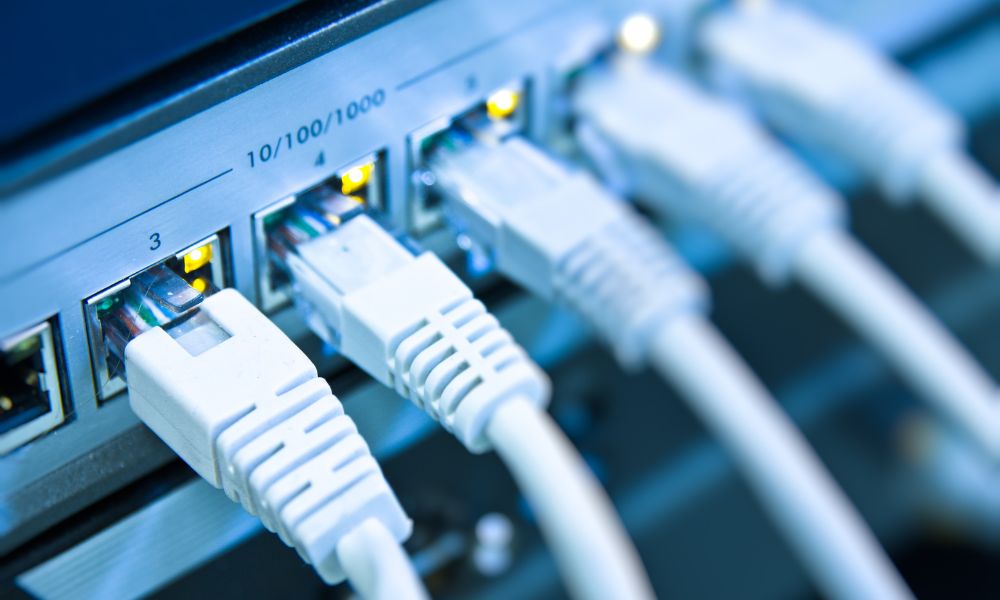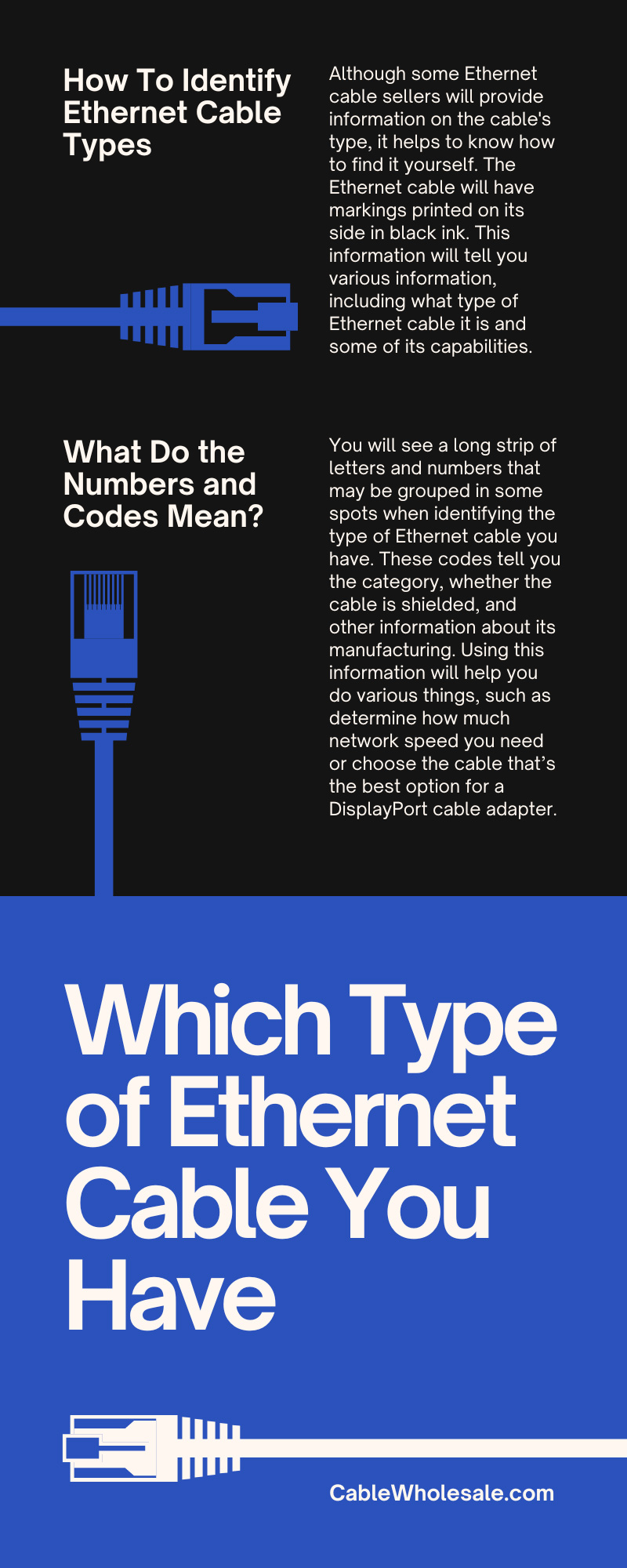
We use many forms of technology daily, but one of the most common forms is cables—Ethernet cables in particular. Ethernet cables come in numerous types and varieties that perform differently, and it may not be easy to discern which cable is which. There is a way to determine which cable you use and help you understand how it may impact your connectivity.
The Different Types of Ethernet Cables
Ethernet cables have variety in their ability to transfer information and mitigate interference from other sources. Over time, there have been evolutions in the production and technology of Ethernet cables to provide better connections.
While Ethernet cables advance, older cables still have used in most devices thanks to their reliability and lower cost. Ethernet cables will have different categories that determine the cable’s age and how well it handles data communication. These categories will also have various aspects that help them avoid issues such as crosstalk as the cables connect.
Categories
There are numerous categories of Ethernet cables; and as more advancements occur, there will be more. The most common Ethernet cable is the Cat5e, short for Category 5e. It has numerous uses in data technology and has been used by numerous businesses because of its benefits in cost and longevity.
Its predecessor, the Cat5, has similar capabilities but offers less speed than many networks need. Cat6 and Cat8 are improved versions, with Cat8 having the best connection speed out of all Ethernet cables. These categories are important to understand to differentiate between the different types of Ethernet cables and their performance.
Shielded and Unshielded
Using Ethernet cables comes with issues in the form of crosstalk. Crosstalk is a form of interference that may occur when one network cable is near another, and electromagnetic interference may disrupt the Ethernet cable’s signal. When people want to mitigate crosstalk, shielding is added to the cable’s interior to protect the signal.
Shielding is the copper strand that twists around the wires to insulate and protect against incoming interference, such as crosstalk. Ethernet cables will come as shielded or unshielded varieties with various benefits; while shielded Ethernet cables have better protection, unshielded ones have better flexibility and are easier to manufacture.
The Importance of Identifying the Type of Ethernet Cable
Identifying which Ethernet cable you have will help you understand which network cable option is the best for your needs. With the best Ethernet cable, you can create a reliable network or work within a budget if you need a more affordable yet more reliable option.
As mentioned before, certain Ethernet cables come with various benefits that may suit your needs. If you want a cable that doesn’t cause a lot of crosstalk and you only need to improve the connection of your gaming console, the Cat5e will probably work best for you. If you need a cable with a fast connection that is flexible and thinner, an unshielded twisted pair Cat6 cable will be your best bet. With an understanding of Ethernet cables and their aspects, you will have an easier time making decisions for your network and devices.
How To Identify Ethernet Cable Types
Although some Ethernet cable sellers will provide information on the cable’s type, it helps to know how to find it yourself. The Ethernet cable will have markings printed on its side in black ink. This information will tell you various information, including what type of Ethernet cable it is and some of its capabilities.
What Do the Numbers and Codes Mean?
You will see a long strip of letters and numbers that may be grouped in some spots when identifying the type of Ethernet cable you have. These codes tell you the category, whether the cable is shielded, and other information about its manufacturing. Using this information will help you do various things, such as determine how much network speed you need or choose the cable that’s the best option for a DisplayPort cable adapter.
UTP vs. STP
One of the first groupings of code you see will have either UTP or STP, which stand for unshielded twisted pair or shielded twisted pair, respectively. This information is essential to determine how you want to set up your network and limit interference from sources.
Some cables may have variations such as S/FTP or F/UTP, which shows that it is shielded or unshielded in certain areas of the cable. In the case of F/UTP, the wires are unshielded, and an aluminum foil shielding surrounds the whole cable, which helps to block out interference from other cables that may disrupt the signal. S/FTP has a screen of braided aluminum surrounding the cable, as well as a foiled twisted pair, which creates more layers of protection for the cable to prevent signal leakage.
Category of Ethernet Cable
The other essential part of the code on the Ethernet cable is the category of the cable. If you want to know how much network speed you will get from your Ethernet cable, it will help to locate this portion. The category will say “Cat,” followed by the category number. Although you may be able to determine the type of category from the size of the cable, as they are larger in higher categories, it is faster and easier to determine this specification by checking the side and reading the text.
Other Information
There will be other information on the side of the Ethernet cable, which may include the following:
- The cable’s manufacturer
- The number of twisted pairs
- The highest temperature the cable can withstand
- The cable’s bandwidth
- The wire gauge
Although this information is interesting and helpful, it won’t affect the performance of the cable. Referencing these specifications will help you track down better Ethernet cables from that particular manufacturer, or similar cables from a different manufacturer.
Is the Information Always the Same on Each Cable?
Every Ethernet cable is different in some ways but similar in others. You can expect Cat5e cables to have the same bandwidth, but they may differ in their shielding, temperature limit, and the number of twisted pairs. This variation is why it’s essential to read the specifications on the side to help you determine the Ethernet cable that’s the best choice for your network needs.
The Ethernet cable is useful, but it’s important to identify which cable you’re using. Read the code on the side to learn more about your cable and achieve the best network connectivity.




